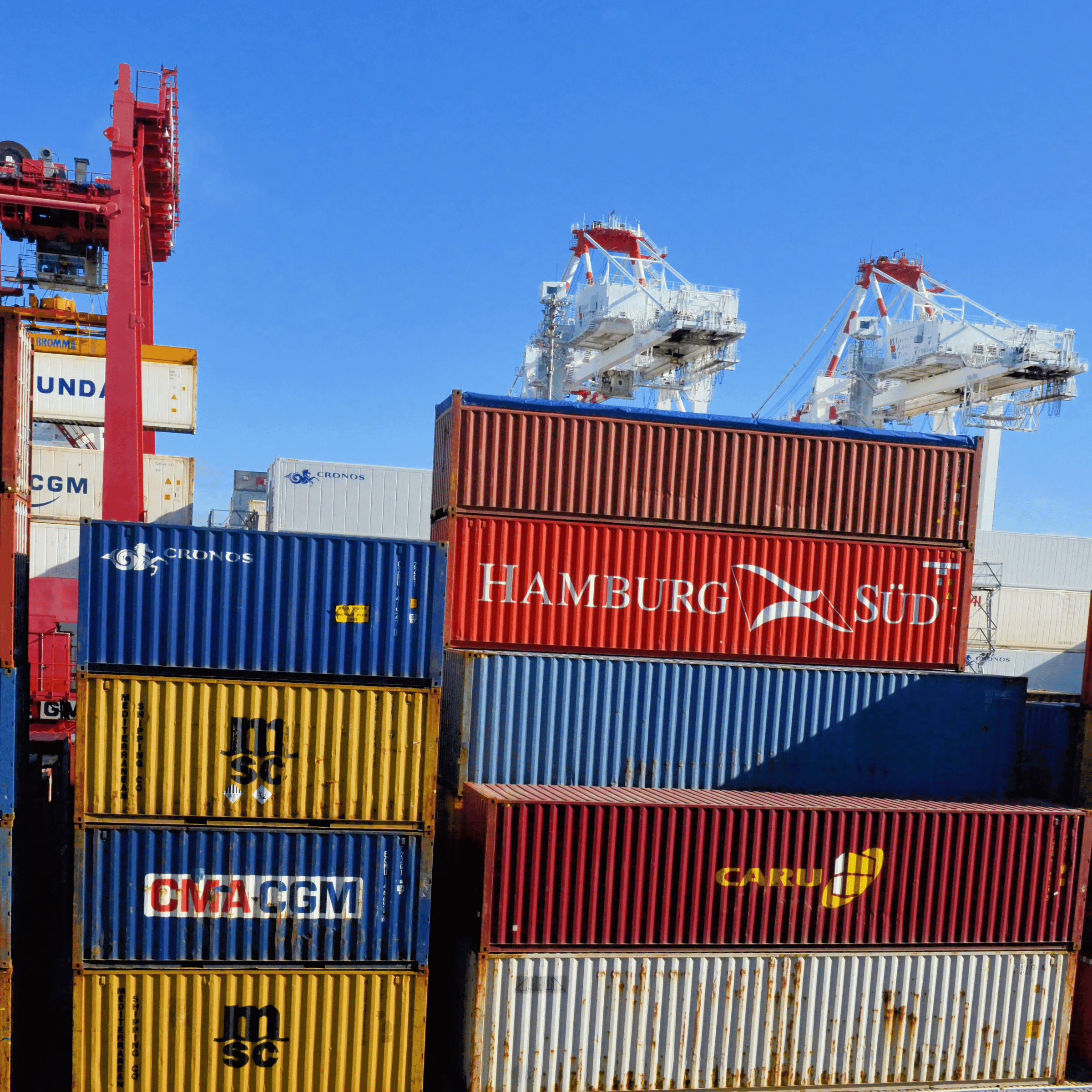Third-party logistics (3PL) providers play a pivotal role in the supply chain, offering a range of services from transportation and warehousing to distribution and fulfillment. To ensure that a 3PL provider is performing optimally and meeting the needs of its customers, it’s essential to monitor a range of performance metrics. This article delves into the key metrics that businesses should consider when evaluating the performance of their 3PL provider.
On-time Delivery Rate
One of the most fundamental metrics, on-time delivery rate measures the percentage of shipments delivered within the promised time frame. A high on-time delivery rate indicates that the 3PL provider is reliable and efficient.
Formula: (Number of on-time deliveries / Total number of deliveries) x 100%
Order Accuracy Rate
This metric calculates the percentage of orders shipped without any errors, such as missing or damaged items. Consistent accuracy is vital to customer satisfaction and trust.
Formula: (Number of error-free orders / Total number of orders shipped) x 100%
Inventory Accuracy
For 3PLs handling warehousing, it’s crucial to maintain an accurate inventory. Discrepancies can lead to stockouts or overstock situations.
Formula: (Physical inventory count / System inventory count) x 100%
Freight Cost Per Unit
This metric breaks down the freight cost per individual item or SKU. It helps businesses understand transportation costs relative to the value of the goods being shipped.
Formula: Total freight cost / Total number of units shipped
Order Fill Rate
Order fill rate represents the percentage of orders that can be completed from current inventory without backorders or stockouts.
Formula: (Number of orders filled completely / Total number of orders) x 100%
Warehouse Utilization Rate
For businesses using 3PL warehousing services, it’s crucial to understand how effectively space is being utilized.
Formula: (Used warehouse space / Total available warehouse space) x 100%
Return Rate
A high return rate could indicate potential issues with product quality, shipping, or order accuracy. Monitoring returns helps in pinpointing areas that need improvement.
Formula: (Number of returned items / Total items sold) x 100%
Carrier Performance
This metric evaluates the performance of individual carriers used by the 3PL. It includes on-time delivery rate, damage rate, and other metrics relevant to the performance of the carrier.
Cost to Serve
Understanding the total cost involved in serving a customer or fulfilling an order provides a clearer picture of profitability and efficiency.
Formula: Total operational costs / Total number of orders
Response Time
In a rapidly changing environment, how quickly a 3PL responds to queries, changes, or emergencies can be a key differentiator.
Capacity Utilization Rate
This metric measures how effectively a 3PL is using its transportation assets, like trucks or cargo space.
Formula: (Used capacity / Total available capacity) x 100%
Net Promoter Score (NPS)
A metric that gauges customer satisfaction, NPS identifies the likelihood of customers recommending the 3PL provider to others.
Best Practices in Evaluating 3PL Metrics
Consistent Monitoring: Metrics should be reviewed consistently, either monthly, quarterly, or annually based on relevance.
Benchmarking: Compare metrics against industry standards or historical data to identify areas of improvement.
Holistic Approach: Instead of focusing on individual metrics, view them collectively to gain a holistic understanding of 3PL performance.
Feedback Loop: Establish a clear communication channel with the 3PL provider to discuss metrics, share feedback, and collaboratively identify areas of improvement.
Conclusion
Evaluating the performance of a 3PL provider is not merely about monitoring costs but ensuring efficiency, reliability, and accuracy across the supply chain. By closely observing the aforementioned metrics and maintaining open communication with the 3PL provider, businesses can optimize their supply chain operations and ensure customer satisfaction.






